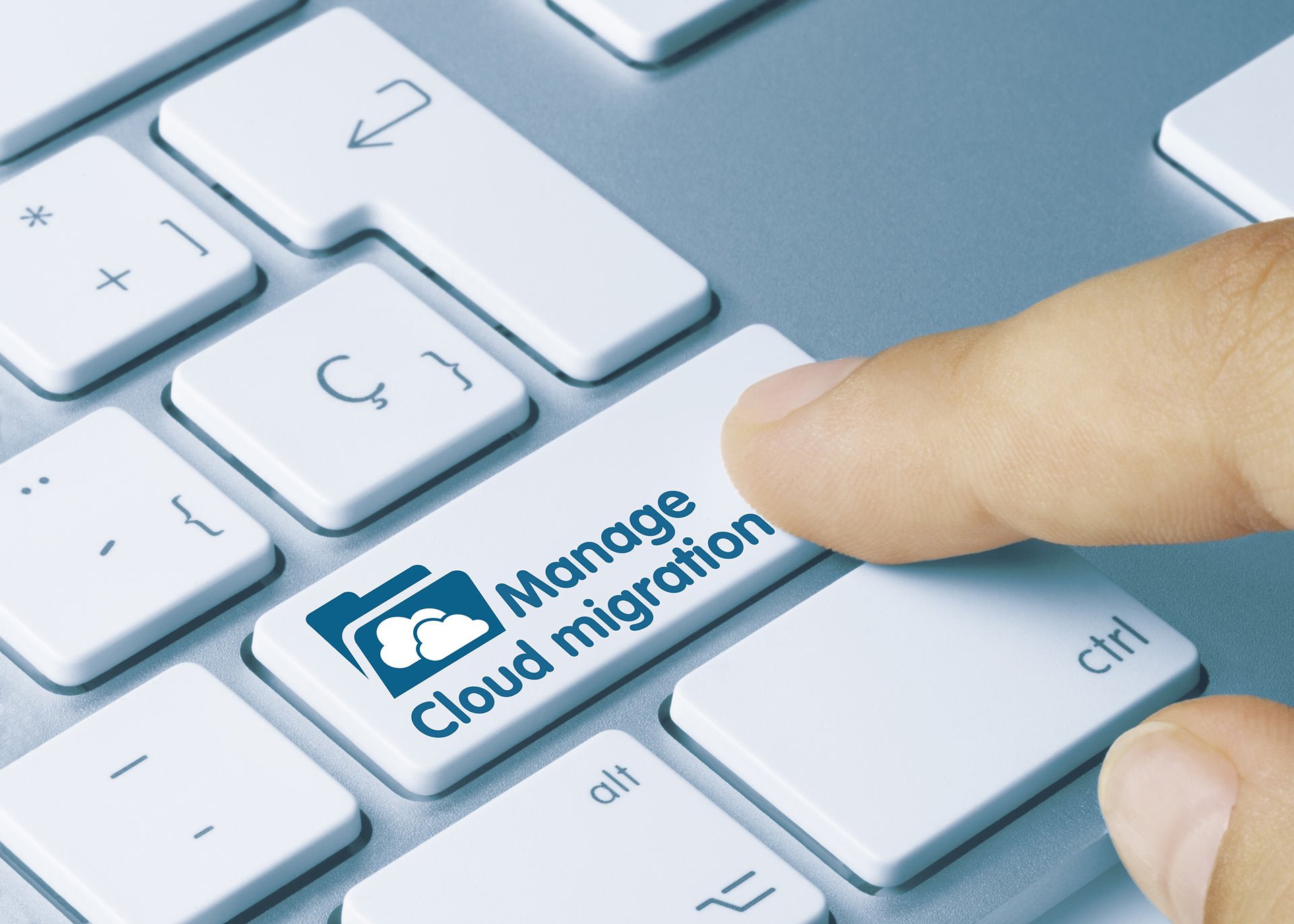
Are you facing challenges for business and service growth because of a technically obsolete system? Instead of developing a new system, you might consider modernizing the system that is approaching its end of life. This is often more sensible than creating a completely new system.
It is often the many benefits of cloud services, such as scalability, ensuring business continuity and cost efficiency, that are the motivators for a system modernization and cloud migration. Moreover, modern development tools and public cloud platforms are factors that attract prospective employees in the competitive IT industry.
However, the idea of cloud migration also often gives rise to head-scratching. How large a project is it? What should be taken into account in the migration? Are the resources and skills sufficient? In this blog, I collected the three most important aspects that are worth considering when preparing for a cloud migration.
1. Start with target setting
Once the decision of modernizing the service and migrating to the cloud has been made, it is important to identify the desired state and define common targets for the project. What type of challenges have been faced in everyday life and how can these be tackled with cloud migration and system modernization? What is expected from the cloud migration and what is your greatest motivator? Will the system be built truly cloud-native or will the focus of renewal be placed on certain areas only?
Don’t forget to consider long-term targets as well. Targets are often looked at too narrowly from the perspective of cost benefits only, even though the advantages of cloud migration will be visible to a much greater degree. Targets may include, for example, more agile capacity scaling, quicker service and minimization of delays, better anticipation and early identification of software errors, or ensuring business continuity.
2. Secure skills and resources
Modernization of systems requires time and skills. Can the required resources be found internally? Do we have the necessary software development skills for architecture renewal or should we complement our competence by outsourcing services to an external partner? Mirror your skill and resource needs to the targets set.
If necessary, an expert partner also supports the internal maintenance team in optimizing the system and putting new operating models into practice. In addition to cloud migration, the partner also often provides valuable help for the development and maintenance of information systems, support services and, for example, to guarantee information security. With a partner, you can ensure maximum benefits from the cloud.
3. Careful planning guarantees a smooth migration
It is often thought that the actual migration is the most laborious part of the project, but this is rarely true in real life. When looking at the big picture, the actual migration has a very small role, if the groundwork has been properly done. To ensure success, it is advisable to place the focus on planning. In addition, make sure to have a back-up plan in place to safeguard service continuity in case everything does not go as planned.
Read more
Cloud services in brief
Pinja's cloud services
Pinja's software development services

Tuomas Lassila
I am responsible for Pinja's ICT business. My free time is spent with family, friends and hobbies.
Back to the Pinja Blog
Categories
- Career at Pinja (68)
- Manufacturing (48)
- Knowledge Management (45)
- Production Development (44)
- Software Partnership & Tools (42)
- Sustainability (37)
- Wood and Forestry (37)
- Bioenergy and Recycling (27)
- IT Support and Outsourcing (24)
- Ecommerce (23)
- Maintenance (22)
- Artificial Intelligence and Machine Learning (15)
- Public Services (9)
- Compliance (1)